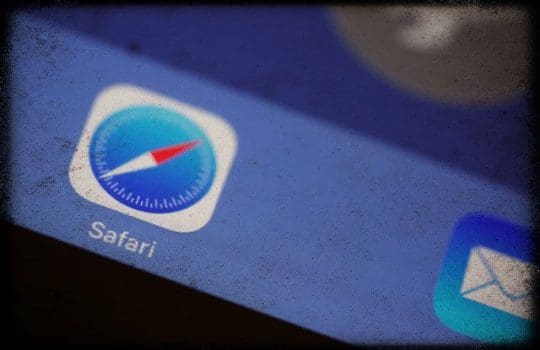Safari for iPad (and iPhone and iPod touch) will routinely auto-refresh web pages when the user leaves the browser then returns to it. This can prove undesirable, as it may mean losing your place on a page, attempting to reload a page when no network connection is present, or forced loading over a slow connection.
This is expected behavior, and it occurs because the iPad runs low on memory. When Safari for iPad can no longer store a page in its RAM cache, it instead stores only a preview of the page, then refreshes the page when the user attempts to access it again.

To reduce occurrence of the aut0-refresh, simply close unwanted pages, limiting the number of concurrent open windows to three or four. Although this won’t guarantee that the pages will remain accessible in Safari’s cache, it will increase the chances that any given page is accessible when you come back to the browser.
When you have a lot of unwanted pages opened on your Safari browser on your iPad, things can become slow and your browser may simply freeze or crash. The article below helps you with identifying the various issues that can slow down or crash Safari on your iPad.
This also depends on the number of new tabs that you have opened on your Safari browser. Often times, many users keep opening up multiple web pages on Safari without going back and closing them.
Here is a list of Safari Tabs related tips and tricks that will help you deal with these issues and keep your Safari optimized.
Also note that you can use a utility such as Offline Pages to store web pages locally, ensuring that they won’t suffer auto-refresh in the absence of a network connection.